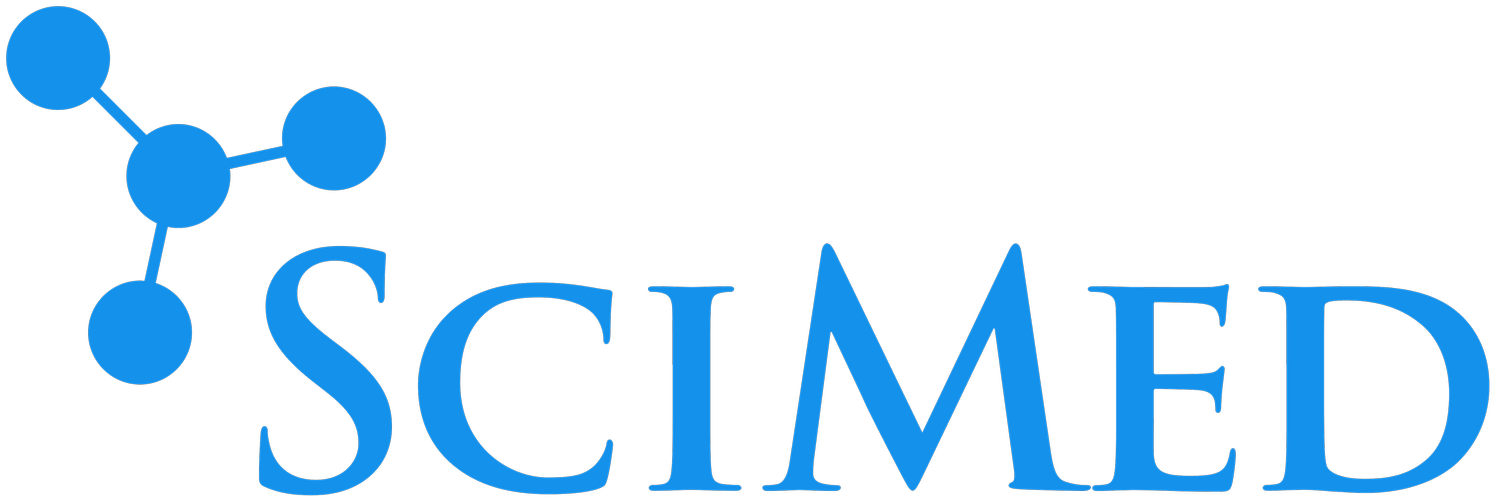Surgical Planner
Overview
SciMed developed Surgical Planner for a startup specializing in custom biomedical materials used for surgical repair and reconstruction. This client faced a critical challenge: they needed to work with sensitive patient medical images to design custom devices, but without ever exposing protected health information (PHI) to anyone except the physician who provided it. In 2018, they partnered with SciMed to create a secure, HIPAA-compliant system to anonymize these images, store them safely, and foster seamless collaboration between their design team and physicians.
Challenges
Meeting strict HIPAA compliance and best practices was paramount for the startup to protect patient privacy and build trust. Their key challenges included:
Developing a robust system to securely anonymize sensitive medical images.
Establishing a secure and efficient channel for collaboration between their internal design engineers and external physicians.
Ensuring absolute HIPAA compliance to protect their patients’ data, safeguard their credibility and physician partnerships, avoid severe civil penalties.
Our approach
This project began with a series of in-depth, collaborative discussions and thorough research. We carefully listened to the client to grasp the unique complexities of handling sensitive medical data within a design workflow. This helped us understand the intricate balance between data utility and patient privacy, a core element of the entire solution.
A major focus was on secure data management and regulatory navigation. We implemented sophisticated user roles with carefully defined permissions. For instance, only physicians could upload and view unanonymized patient data, while our client's non-physician design team could only access fully anonymized images. This approach kept critical medical details accessible to physicians while rigorously protecting patient privacy.
We also recognized that many end-users would be physicians with incredibly demanding schedules. An intuitive, streamlined user experience was non-negotiable; if the system was clunky or confusing, they simply wouldn't use it. To ensure a smooth workflow, we designed features specifically for them:
A clear "To Do" list on their home screen, guiding them through pending tasks.
A comprehensive view of their patients and surgical cases, with intuitive steps for creating new ones.
In-app scheduling for direct phone calls with the design team.
Effortless download and review of design proposals.
The ability to generate and digitally sign prescriptions for approved designs directly within the system.
Through iterative development and frequent, early launches, we delivered a software application that not only met their strict compliance needs but also significantly streamlined their workflow, making them more efficient and effective. Our strong emphasis on security and compliance meant all patient information remained confidential and protected at all times.
Results
We partnered with the startup for over four years, ensuring the Surgical Planner system continuously met their needs and operated flawlessly. This new system transformed their operations, allowing them to:
Securely and efficiently anonymize medical images, enabling seamless interaction between their internal team and external physician partners.
Expand their reach by interacting with physicians across numerous medical institutions, regardless of location.
Accelerate the design and approval process by providing a clear interface for design engineers to view anonymized images and for physicians to review proposals, communicate directly with staff, and prescribe custom devices.
Strengthen physician trust and collaboration through an intuitive, secure platform that respected their time and patient privacy.


